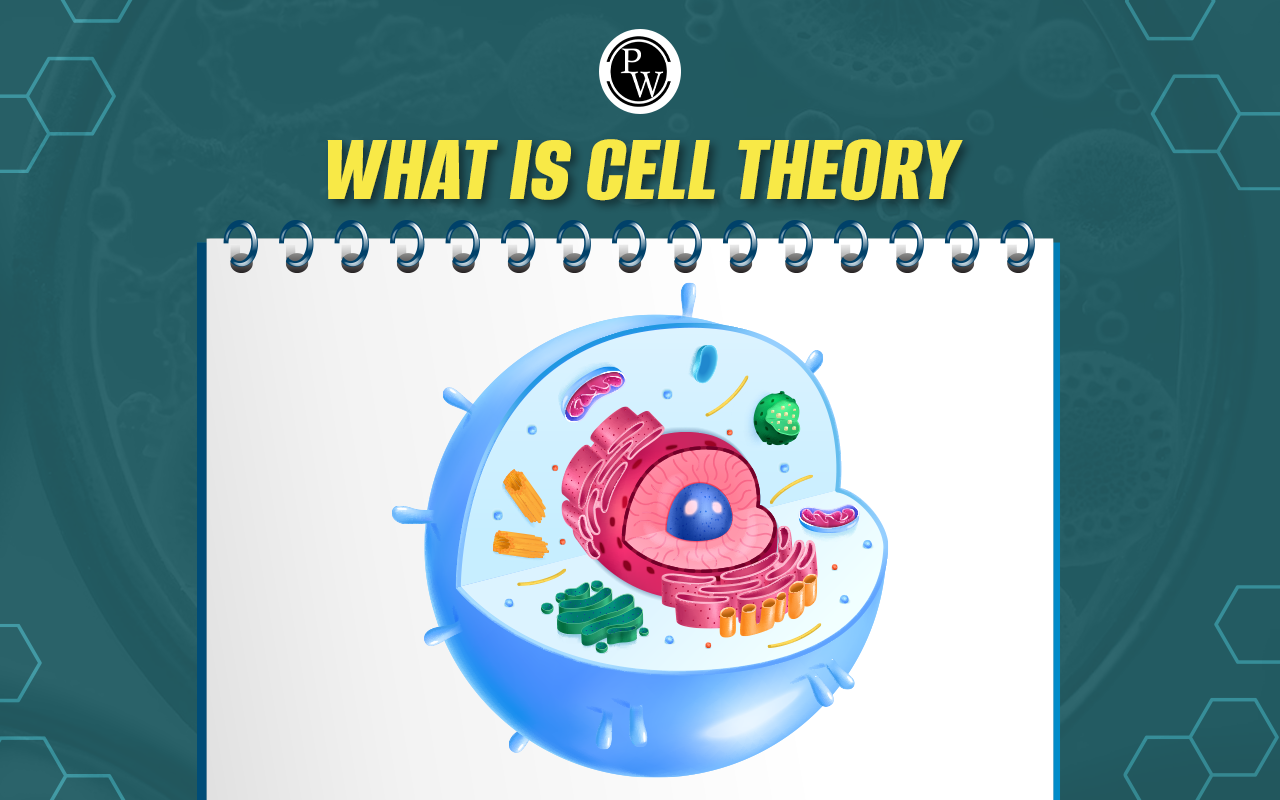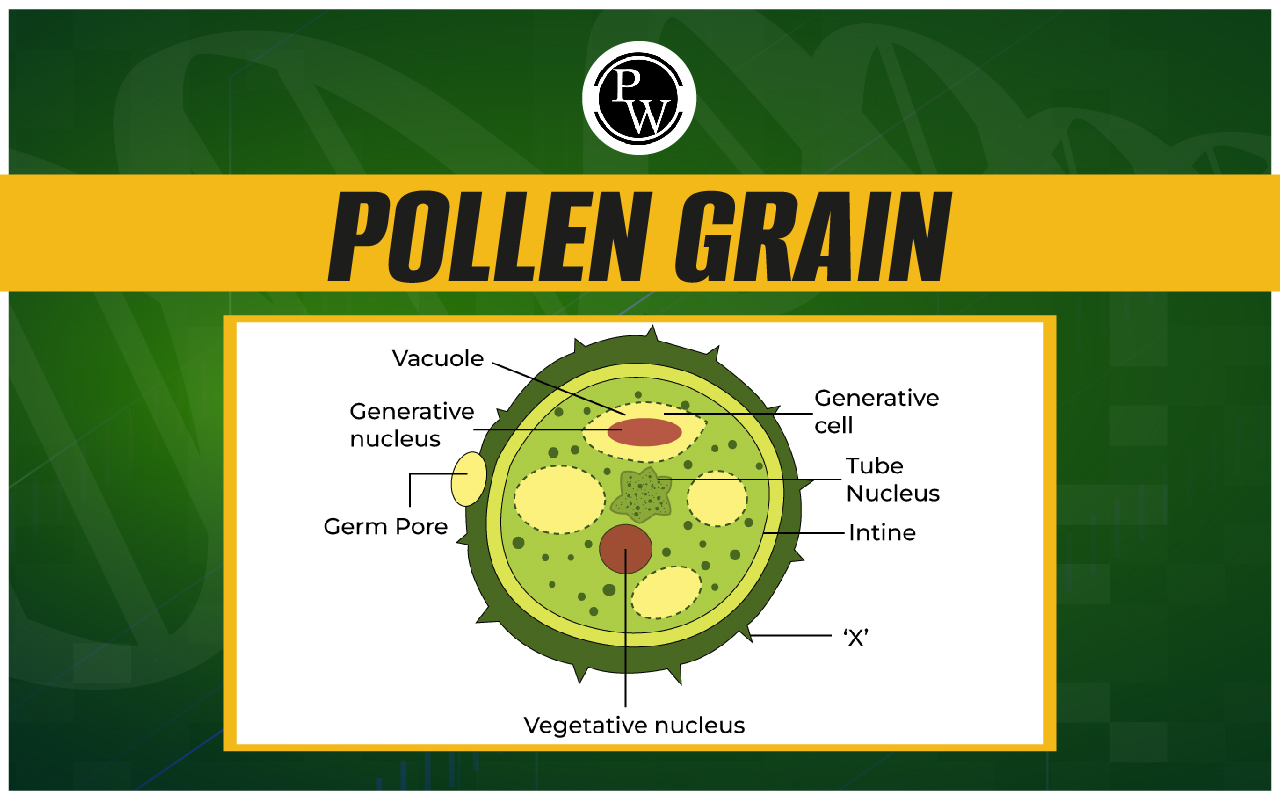
Pinus Male Cone: The male cone of a pine tree, scientifically termed a microstrobilus, is a small and short-lived structure compared to the female cone. These cones, crucial for the pine tree's reproductive process, are typically found in clusters at the base of new shoots.
Initially green, the male cones change color as they mature, turning yellow and then golden brown. They are oval or ovoid in shape and contain many microsporophylls, which are specialized leaves that bear microsporangia, the pollen sacs where male gametophytes, or pollen grains, are produced. Each microsporophyll is a small, membranous structure similar to a stamen in flowering plants, consisting of a stalk-like filament and a terminal expansion called the apophysis. The microsporangia, located on the underside of the microsporophyll, hold numerous pollen grains. When mature, the male cones open and release their pollen into the wind. This wind-dispersed pollen is essential for pollination, as it reaches the female cones for fertilization. After releasing their pollen, the male cones wither and eventually fall off the tree. Although both male and female cones grow on the same pine tree, they are usually found on different branches to promote cross-pollination. Students can study NEET biology notes on Pinus Male Cone in the article below.Also Check:
Free Study Material for NEET Preparation –
What is Pinus?
Pinus is a genus of large, evergreen, coniferous, perennial plants that typically have a pyramidal or conical shape. These plants are long-lived and predominantly consist of trees, with shrubs being very rare. Pinus includes resinous trees that are primarily valued for their wood pulp and timber. Examples include P. densata, P. roxburghii, and P. radiata. This genus is monoecious, meaning that both female and male flowers are present in the same type of strobili or cones, but on different branches of the same plant. The sporophytic plant body of Pinus can be divided into three parts: the stem, roots, and leaves (pine needles).Pinus Male Cone Classification
Pinus male cones are not classified separately from the pine tree. They are integral to the tree's reproductive system. To classify a male cone, you must first classify the pine tree to which it belongs. Pine trees are categorized into the following main groups:| Pinus Male Cone Classification | |
|---|---|
| Category | Classification |
| Kingdom | Plantae |
| Division | Pinophyta |
| Class | Pinopsida |
| Order | Pinales |
| Family | Pinaceae |
| Genus | Pinus |
Also Check:
Pinus Male Cone Structure
The male cone of Pinus, also known as the male strobilus, is an intriguing structure. Its anatomy and development are outlined as follows: Structure of the Pinus Male Cone- Shape and Size : Male cones are generally small and oval or ovoid in shape. They are initially green, transitioning to yellow and eventually golden brown as they mature and release pollen.
- Arrangement : These cones are typically clustered at the base of new shoots. They are less woody compared to female cones and generally fall off after releasing pollen.
- Microsporophylls : The male cone is composed of numerous microsporophylls arranged spirally around a central axis. These microsporophylls are short-stalked, scaly, and membranous.
- Microsporangia : On the lower (abaxial) surface of each microsporophyll, there are two microsporangia. These sacs contain pollen grains and are responsible for producing and housing them.
- Pollen Grains : Pollen grains are the male gametophytes. Each microsporangium produces many microspores through meiosis. These microspores develop into pollen grains, which are then released to fertilize the female cones.
| NEET Biology Notes | |||
|---|---|---|---|
| Embryo | Funaria | Selaginella | Malvaceae |
| Polyembryony | Apomixis | Pinus | Pollen Grains |
| Chara | Volvox | Endosperm | Equisetum |
- Initial Stage : Development begins with the formation of microsporophylls around a central axis.
- Microsporangia Formation : Microsporangia develop on the lower surface of the microsporophylls. Inside these sacs, sporogenous cells undergo meiosis to produce microspores.
- Pollen Maturation : Each microspore matures into a pollen grain, which is encased in a protective spore wall. The mature pollen grains are released when the cone opens.
| NEET Biology Notes | ||
|---|---|---|
| Plasma Membrane Structure | Pre-Fertilisation | Economic Importance of Algae |
| Slime moulds | hypotonic solution | Post fertilisation |
Pinus Male Cone Characteristics
Male cones of Pinus (pine trees) are markedly different from the larger and more noticeable female cones. Here are some key characteristics of male pine cones:- Size : Male cones are generally smaller than female cones, typically measuring between 1 and 5 centimeters in length, depending on the species.
- Shape : They are usually cylindrical or elongated and appear slender, resembling small, woody catkins.
- Color : Initially, male cones are green, but as they mature, they change to brown or grayish hues.
- Texture : When young, male cones are relatively soft and flexible. As they mature, they become more rigid but remain less woody compared to female cones.
- Scales : Unlike female cones, male cones do not have prominent woody scales. Instead, they possess overlapping, thin, and somewhat fleshy or membranous scales.
- Pollen Production : Male cones are responsible for producing and releasing pollen. They contain pollen sacs or microsporangia that generate pollen grains.
- Pollination : Pollen grains are dispersed into the air to be carried by the wind to female cones for fertilization.
- Timing : Male cones usually appear on the tree before or simultaneously with female cones. Their lifespan is relatively short, often releasing pollen within a few weeks.
- Development : Male cones develop from buds on the previous season’s growth, starting as small green structures and elongating as they mature.
- Dispersal : After releasing pollen, male cones dry out and typically fall off the tree.
- Species Differences : There is significant variation in the appearance of male cones among different pine species. For instance, the male cones of the Eastern White Pine (Pinus strobus) differ in size and shape from those of the Ponderosa Pine (Pinus ponderosa).
- Ecosystem Role : Male cones are vital for the reproduction of pine trees and contribute to the forest ecosystem by supporting the continuation of the species and serving as a food source for some wildlife.
| NEET Biology Notes | |||
|---|---|---|---|
| Rhizopus | Fibrous root | Marchantia | Actinomycetes |
| Nostoc | Spirogyra | Ribosomes | Liverworts |
Pinus Male Cone Specimen
The male cone of the Pinus tree, also known as the male strobilus, is a small, oval or egg-shaped structure that appears in clusters at the base of new shoots. Initially green, these cones change to yellow and eventually turn golden brown as they mature and release their contents. Each male cone is made up of many microsporophylls arranged in a spiral pattern around a central axis. These microsporophylls are short-stalked, covered in small scales, thin, and membranous, with microsporangia on their underside. The microsporangia produce pollen grains, which are released to aid in fertilization. After the pollen is dispersed, the male cones dry up and drop off.Pinus Male Cone and Female Cone
The following are the table comparing the male and female cones of the Pinus (pine) tree:| Difference Between Pinus Male Cone and Female Cone | ||
|---|---|---|
| Feature | Male Cone | Female Cone |
| Size | Smaller, generally 1-5 cm long | Larger, generally 5-20 cm long |
| Shape | Cylindrical or oval | Conical or cylindrical |
| Color | Often yellowish or reddish | Green when young, turning brown or gray when mature |
| Texture | Soft, with loose, flexible scales | Woody, with hard, tightly overlapping scales |
| Production Time | Produced in spring | Produced in the previous year or earlier in the same season |
| Function | Produces pollen | Contains seeds |
| Scales | Thin and delicate | Thick and woody |
| Location | Typically located near the tips of branches | Located further down the branches, often clustered |
| Pollination | Releases pollen into the air | Receives pollen and fertilizes to produce seeds |
Pinus Male Cone FAQs
Q. What is a male cone Pinus?
Ans. A male cone of Pinus is a small, cylindrical structure that produces pollen. It usually appears in clusters and lacks the woody texture of female cones. Its primary role is pollen dispersal.
Q. What is a male pine cone?
Ans. A male pine cone is a small, soft reproductive organ that releases pollen for fertilization. Unlike female cones, it does not develop into a woody structure and is less conspicuous.
Q. What is the difference between male and female cones of Pinus?
Ans. Male cones are smaller, cylindrical, and release pollen, while female cones are larger, woody, and contain seeds. Female cones also remain on the tree longer, aiding in seed development.
Q. What is a female pine cone?
Ans. A female pine cone is a larger, woody structure that develops seeds for reproduction. It remains on the tree for a longer period to facilitate seed maturation and dispersal.
Q. What are female cones in Pinus?
Ans. Female cones in Pinus are reproductive structures that produce and house seeds. They are typically larger, and tougher, and remain on the tree for an extended period to ensure seed development.
Q. What are male and female cones called?
Ans. Male cones are known as pollen cones and female cones are referred to as seed cones or ovulate cones. These terms reflect their respective roles in reproduction.
🔥 Trending Blogs
Talk to a counsellorHave doubts? Our support team will be happy to assist you!

Check out these Related Articles
Free Learning Resources
PW Books
Notes (Class 10-12)
PW Study Materials
Notes (Class 6-9)
Ncert Solutions
Govt Exams
Class 6th to 12th Online Courses
Govt Job Exams Courses
UPSC Coaching
Defence Exam Coaching
Gate Exam Coaching
Other Exams
Know about Physics Wallah
Physics Wallah is an Indian edtech platform that provides accessible & comprehensive learning experiences to students from Class 6th to postgraduate level. We also provide extensive NCERT solutions, sample paper, NEET, JEE Mains, BITSAT previous year papers & more such resources to students. Physics Wallah also caters to over 3.5 million registered students and over 78 lakh+ Youtube subscribers with 4.8 rating on its app.
We Stand Out because
We provide students with intensive courses with India’s qualified & experienced faculties & mentors. PW strives to make the learning experience comprehensive and accessible for students of all sections of society. We believe in empowering every single student who couldn't dream of a good career in engineering and medical field earlier.
Our Key Focus Areas
Physics Wallah's main focus is to make the learning experience as economical as possible for all students. With our affordable courses like Lakshya, Udaan and Arjuna and many others, we have been able to provide a platform for lakhs of aspirants. From providing Chemistry, Maths, Physics formula to giving e-books of eminent authors like RD Sharma, RS Aggarwal and Lakhmir Singh, PW focuses on every single student's need for preparation.
What Makes Us Different
Physics Wallah strives to develop a comprehensive pedagogical structure for students, where they get a state-of-the-art learning experience with study material and resources. Apart from catering students preparing for JEE Mains and NEET, PW also provides study material for each state board like Uttar Pradesh, Bihar, and others
Copyright © 2025 Physicswallah Limited All rights reserved.
Get App









